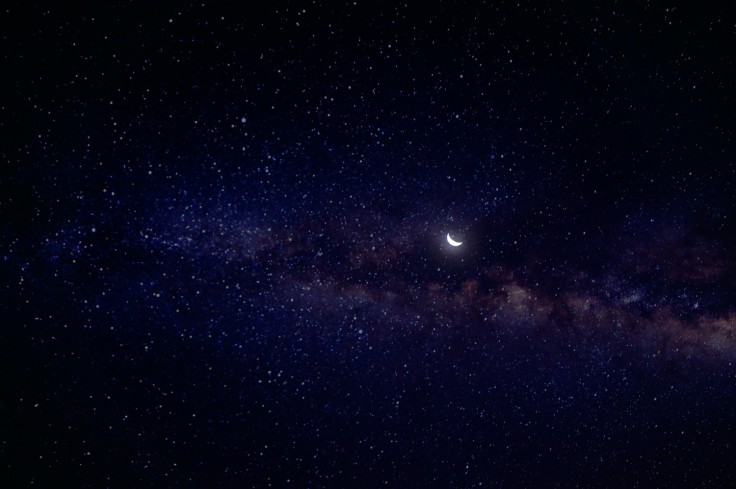
A golden eye orbiting the sun a million miles from Earth will give humans an unmatched view of the universe and an understanding of Webb's capabilities.
Massive Golden Eye Allows Humans to Witness Universe
Humans will have an unmatched view of the universe thanks to a massive golden eye orbiting the sun at a distance of about a million miles from Earth.
The James Webb Space Telescope, a mighty $10 billion observatory run by NASA, the European Space Agency, and the Canadian Space Agency, has cooled down to the ideal temperature. Engineers have finished the scientific calibration of the instruments, so the mirror telescope with a 21-foot diameter is now in use.
Bill Nelson, the administrator of NASA, said last week at a news briefing that people are just starting to comprehend what Webb can and will do. It might provide answers to some queries we have, including: "Where are we from?", "What is left to be said?", "Who are we?"
Inherently, it will also provide answers to some questions we are unaware of the exact nature of.
On Christmas Day, the James Webb Space Telescope was launched, leaving space enthusiasts with a tumult of conflicting feelings. Bewilderment and awe at what will happen next. Anxiety about whether the $10 billion machines would arrive at their destination successfully fought with joy.
After celebrating the liftoff for several months, the world patiently awaited news from JWST. And the other side is almost here.
The first complete images captured by the gold-plated James Webb Space Telescope, which searches for black holes and exoplanets while also piercing stardust, will be made public by NASA on July 12.
The first photo drop will take place at 10:30 a.m. ET on the date mentioned above, and NASA plans to release the photos one at a time. This event will be broadcast live on NASA TV.
You can then ask the experts your most pressing questions regarding the new images and science. Social media users can ask questions using the hashtag #askNASA on Twitter or by posting a comment in the Facebook chat space.
On July 13 at 3 p.m. ET, members of the Webb team will respond to some of these cosmic questions during a NASA Science Live program.
In June, NASA Claimed that a Meteor Struck the James Webb
About a month before the official start of scientific operations, NASA's extremely expensive James Webb Space Telescope had to endure a dust-sized micrometeoroid impacting one of its primary mirror segments.
Fortunately, engineers anticipated that scenario. The massive mirror segments of the telescope were built to withstand such impacts, but this most recent hit was a little too strong for comfort, according to a NASA update.
The team discovered the telescope is still operating at a level that exceeds all mission requirements after preliminary evaluations, according to the update, despite a barely perceptible impact on the data. Measurements and in-depth analysis are ongoing.
The team discovered the telescope is still operating at a level that exceeds all mission requirements after preliminary evaluations, according to the update, despite a barely perceptible impact on the data. Measurements and in-depth analysis are ongoing.
Several strategies reduce the impact of meteoroids on the telescope's operations. Engineers can partially cancel out its mirrors to minimize the effects, which they claim they already did for the hit segment.
Similar to how the International Space Station maneuvers to avoid incoming debris, the team can also have Webb do so.









